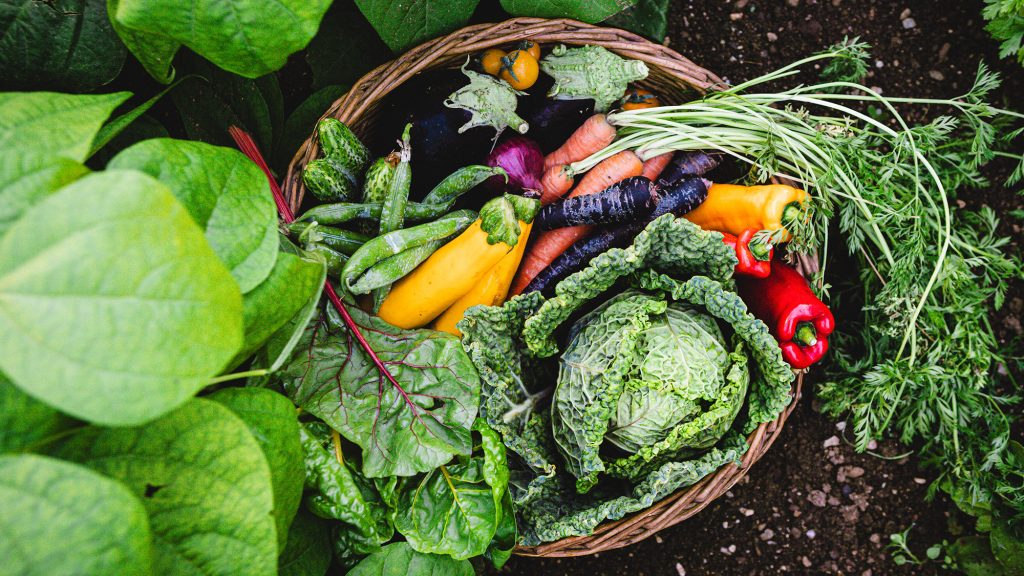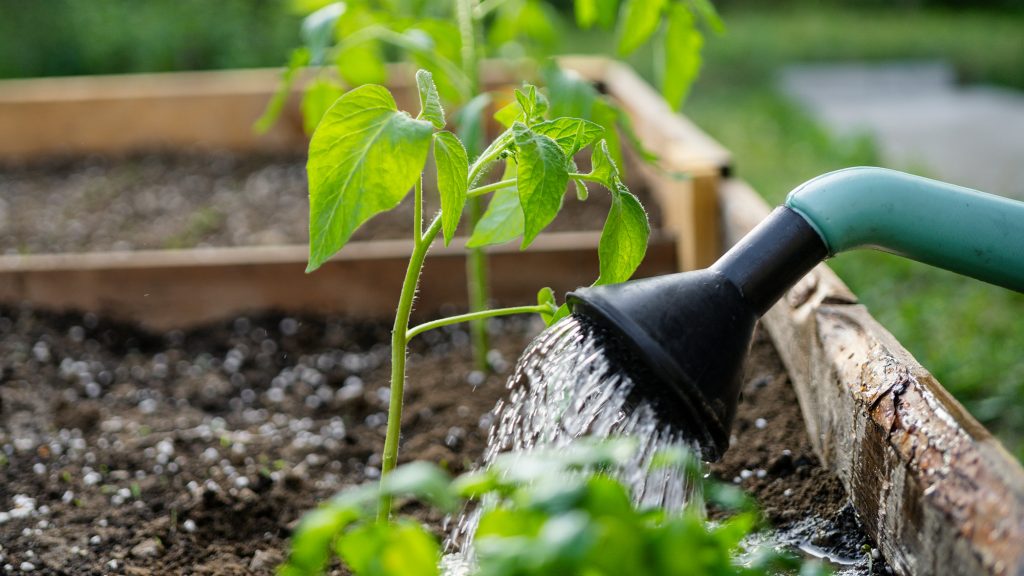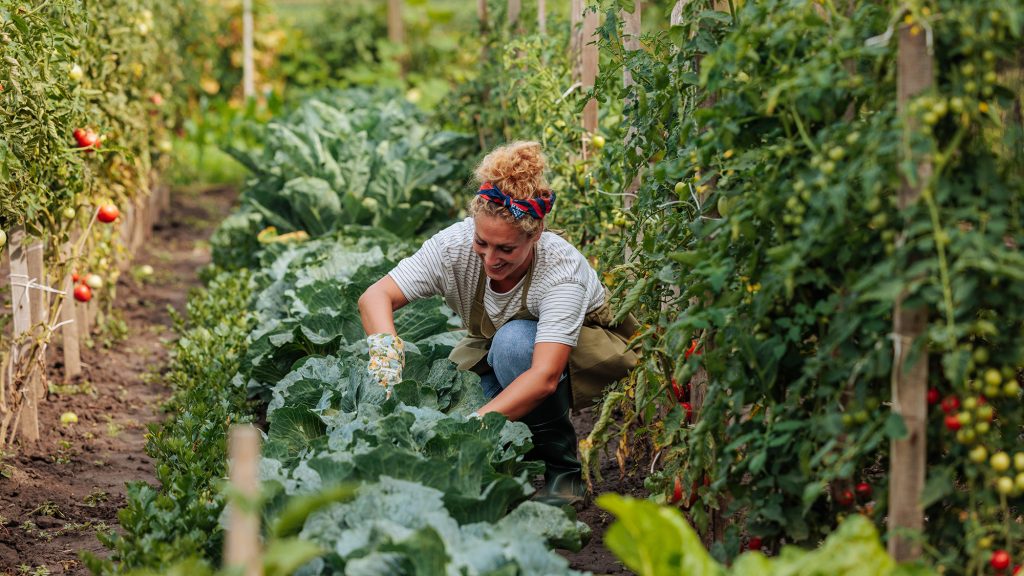Your Texas Vegetable Garden
The grocery bill says it’s time to start growing your own vegetables. Sure, it’s more work than buying them, but there’s nothing as satisfying as eating something you grew yourself. And though spring is a great time to plant, in Texas, many vegetables actually thrive when planted in the fall thanks to milder temperatures, reduced pest activity, and more consistent rainfall.

Choosing Your Vegetables
There are plenty of fall options to choose from, including broccoli, turnips, Brussels sprouts, cabbage, carrots, beets, peas, and leafy greens. Online resources, such as Texas A&M’s “Texas Home Vegetable Gardening Guide” and Collin County Master Gardeners’ “Vegetables and Herbs to Grow in the Fall in North Texas,” can help you choose your crops based on the size of your space, how much sunlight it gets, and whether you’re growing from seeds or transplanting established plants. Whatever you choose, avoid waste by planting only vegetables that your family will actually eat.

Planting Your Vegetables
Success begins with the soil preparation. Begin by clearing out any old plants or debris, adding a layer of aged organic compost to nourish your crops, and layering on mulch to hold in water and keep things tidy. A raised bed will protect your plants from foot traffic and allow adequate drainage. If you’re sowing seeds directly outdoors, shoot for late summer to early fall. This approach works well for carrots, radishes, lettuce, and spinach. Plant smaller seeds a quarter-inch to a half-inch deep, and plant bigger seeds two to three times as deep as the seed is wide.
Alternatively, transplanting allows crops to mature earlier and be productive longer. Seedlings should be moved outdoors in late summer to early fall. After removing a transplant from a pot, note its depth; most should be set at a similar depth in your garden. You can also combine these approaches by growing from seeds indoors and then transplanting about six to eight weeks later — a good approach for broccoli, cauliflower, and Brussels sprouts.

Maintaining Your Vegetables
Watering is a balance — both over and underwatering can harm vegetables — but you can simplify the process with a drip irrigation system or a timer attached to a soaker hose. Aim to wet the soil to a depth of at least 6 inches. Watch for weed growth; unwanted plants will compete for nutrients and water, and if they’re allowed to grow long enough, they will seed and become more difficult to eliminate. Cover your plants during inclement weather and fertilize every few weeks during the growing season.

Harvesting Your Vegetables
Harvest tender veggies — such as snap beans, cucumbers, and leafy greens — while they are young to keep the skin from toughening and to stimulate continued production. Other crops — such as tomatoes, melons, and root vegetables — only reach full flavor when mature, so familiarize yourself with your specific crop’s optimum harvest window and signs of maturity. Eat or preserve your vegetables soon after harvest for the most flavor and nutrients.
While you’re at it, consider planting these cold-weather herbs to keep your kitchen stocked throughout winter.
© 2025 Texas Farm Bureau Insurance



